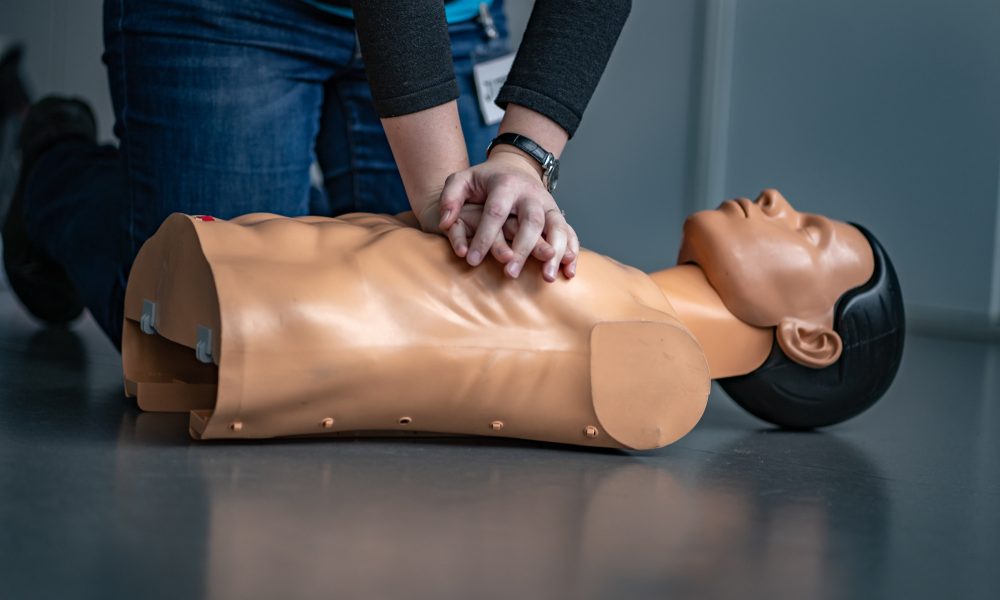In the fast-paced world of healthcare, the ability to provide immediate and effective care during emergencies is crucial. Basic Life Support (BLS) certification is a fundamental credential for healthcare professionals and even laypersons who may find themselves in a position to save a life. This blog post delves into what BLS certification entails, its importance, the process of obtaining it, and the benefits it provides.
What is BLS Certification?
Defining Basic Life Support
Basic Life Support (BLS) is a level of medical care used for victims of life-threatening illnesses or injuries until they can be given full medical care at a hospital. BLS certification involves learning critical skills such as performing cardiopulmonary resuscitation (CPR), using an automated external defibrillator (AED), and relieving airway obstructions in patients of all ages.
Who Needs BLS Certification?
BLS certification is often required for healthcare providers such as doctors, nurses, paramedics, and other medical personnel. However, it is also highly beneficial for teachers, coaches, lifeguards, and anyone interested in being prepared to handle emergency situations.
The Importance of BLS Certification
Saving Lives
The primary importance of BLS certification lies in its potential to save lives. Cardiac arrest and other emergencies can occur without warning, and the immediate application of BLS techniques can double or even triple a victim’s chances of survival. BLS-trained individuals can maintain circulation and breathing until professional medical help arrives.
Professional Requirement
For many healthcare professionals, BLS certification is a mandatory requirement. Hospitals and medical institutions require their staff to be BLS certified to ensure that they can provide competent care in emergency situations. This certification not only ensures compliance with job requirements but also enhances the overall safety and preparedness of the healthcare environment.
Confidence and Preparedness
BLS certification instills confidence in individuals, enabling them to act swiftly and efficiently during emergencies. This preparedness can make a significant difference in the outcome of critical situations. Knowing how to perform CPR or use an AED correctly can alleviate panic and promote a calm, effective response.
The Process of Obtaining BLS Certification
Choosing a Certification Provider
Several organizations offer BLS certification, including the American Heart Association (AHA), the American Red Cross, and the National Safety Council. Each of these organizations provides comprehensive training programs that adhere to the latest guidelines and protocols.
Training and Course Structure
BLS courses typically combine theoretical knowledge with practical skills training. The curriculum covers:
- CPR Techniques: Performing chest compressions and rescue breaths for adults, children, and infants.
- AED Usage: Understanding how to operate an automated external defibrillator.
- Airway Management: Techniques for clearing blocked airways and providing effective ventilation.
- Team Dynamics: Working as part of a team in a multi-rescuer scenario.
Training sessions are usually conducted in person to ensure hands-on practice, but hybrid and online options are also available for the theoretical components. The course duration can range from a few hours to a full day, depending on the provider and course format.
Assessment and Certification
After completing the training, participants must pass a written exam and a practical skills test to demonstrate their competency. Upon successful completion, they receive a BLS certification card, which is valid for two years. Renewal of the certification involves taking a refresher course and passing the assessments again.
Benefits of BLS Certification
Enhancing Career Opportunities
For healthcare professionals, BLS certification is often a prerequisite for employment. It can open doors to various job opportunities and is frequently required for advanced certifications and specialties. Even for non-healthcare workers, having a BLS certification can be a valuable addition to a resume, showcasing a commitment to safety and preparedness.
Empowering the Community
BLS-certified individuals contribute to the overall safety and resilience of their communities. They are equipped to respond effectively to emergencies, whether at home, work, or public places. This readiness can foster a sense of community support and mutual aid.
Keeping Skills Current
BLS certification requires periodic renewal, ensuring that certified individuals stay updated with the latest techniques and guidelines. This continual education helps maintain high standards of care and adapts to advancements in medical knowledge and technology.
Conclusion
Basic Life Support certification is a critical qualification that equips individuals with the skills necessary to save lives during emergencies. Whether you are a healthcare professional, a teacher, a coach, or simply someone who wants to be prepared, obtaining BLS certification can provide invaluable benefits. It enhances your ability to respond to life-threatening situations, boosts your career prospects, and empowers you to make a positive impact on your community.
By choosing a reputable certification provider and committing to the training and assessment process, you can gain the confidence and competence needed to perform life-saving techniques. BLS certification is more than just a professional requirement; it is a commitment to the safety and well-being of those around you.





